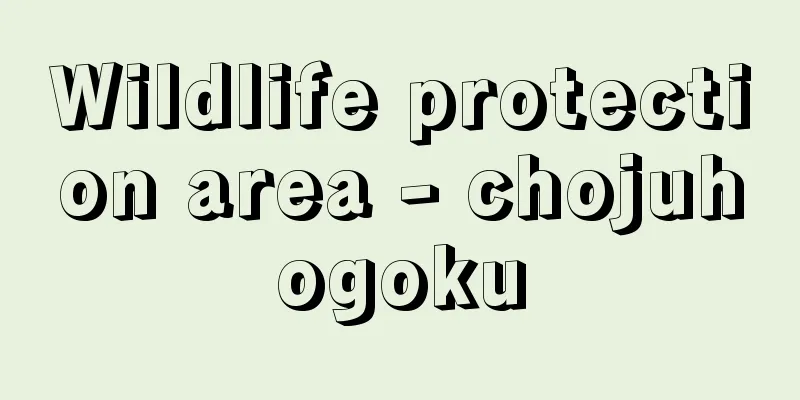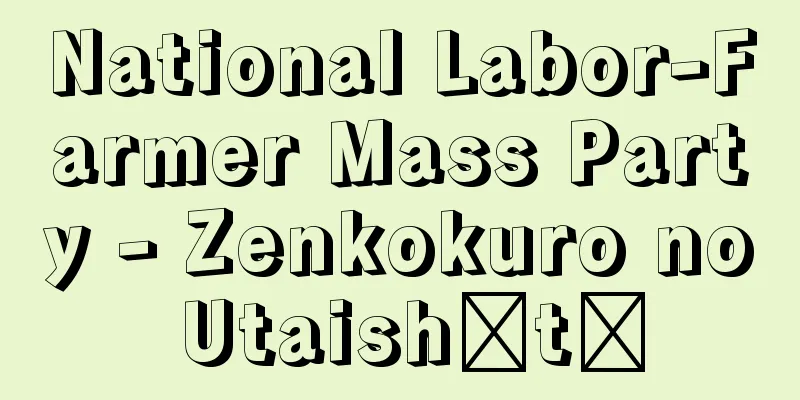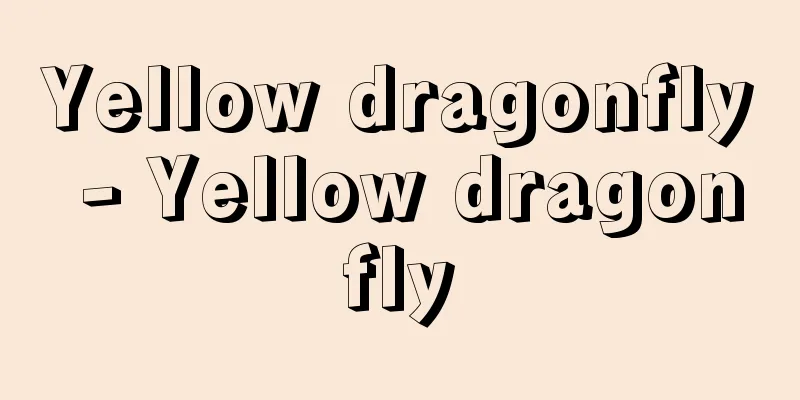Wildlife protection area - chojuhogoku

|
Formerly known as no-hunting zones, no-hunting zones are areas where hunting is prohibited to increase the number of wild birds and animals. Since no-hunting zones are a passive approach to bird and animal breeding, bird and animal protection zones were established as a more proactive way to protect and increase the number of birds and animals. Based on the "Law Concerning Bird and Animal Protection and Hunting" (Law No. 32 of 1918), the Minister of the Environment is the one who establishes no-hunting zones on national land or across two prefectures, and the governor of a prefecture is the one who establishes no-hunting zones on other land, in consultation with the Central Environment Council (formerly the Nature Conservation Council). Wildlife protection areas are classified into forest bird and animal habitat protection areas, large-scale habitat protection areas, migration areas, breeding areas, attraction areas, specific bird and animal habitat protection areas, and conservation areas, and are divided into (1) forest areas, (2) other areas, and (3) areas regardless of zonal classification. (1) protected areas are set up in one area of 300 hectares or more for every 10,000 hectares of forest land (about 20,000 hectares in Hokkaido), (2) protected areas are set up in areas of migration such as tidal flats, lakes and marshes, and breeding areas on islands and grasslands, and (3) protected areas are set up in habitats of endangered birds or birds and animals of similar status, and in wild bird protection areas of elementary and junior high schools. Within wildlife sanctuaries, facilities for nesting, feeding, watering, etc. must be established, food plants must be planted, and nesting materials must be provided, and regulations stipulate that these facilities must not be relocated, defaced, destroyed, or removed. Note that sanctuaries established before July 1971 were managed by the Forestry Agency, an external bureau of the Ministry of Agriculture and Forestry. They subsequently came under the management of the Environment Agency, and in 2001 came under the management of the Ministry of the Environment, but their effectiveness as wildlife sanctuaries remains unchanged. [Kunihiko Shirai] In 2002, the Bird and Beast Protection and Hunting Law was completely revised and replaced by the Bird and Beast Protection and Rationalization of Hunting Law (Law No. 88 of 2002, enacted in April 2003, renamed the Bird and Beast Protection and Management and Rationalization of Hunting Law in 2014). As a result, bird and beast protection areas were classified as follows: forest bird and beast habitat protection areas, large-scale habitat protection areas, migration area protection areas, breeding area protection areas, rare bird and beast habitat protection areas, habitat corridor protection areas, and familiar bird and beast habitat protection areas. [Editorial Department] [Reference] | |Source: Shogakukan Encyclopedia Nipponica About Encyclopedia Nipponica Information | Legend |
|
旧称禁猟区。禁猟区は狩猟を禁止して野生鳥獣を増やす区域。鳥獣の増殖事業としては消極的であるので積極的に保護増殖を図るべく制度化したものが鳥獣保護区である。「鳥獣保護及狩猟ニ関スル法律」(大正7年法律第32号)に基づき、国有地か2都府県にまたがるものは環境大臣が、その他のものは都道府県知事が、中央環境審議会(旧、自然環境保全審議会)に諮問して設定する。 鳥獣保護区は、森林鳥獣生息地の保護区、大規模生息地の保護区、集団渡来地の保護区、集団繁殖地の保護区、誘致地区の保護区、特定鳥獣生息地の保護区、愛護地区の保護区に区分され、(1)森林地帯、(2)その他の地帯に設定されるもの、(3)地帯区分にかかわらず設定されるものとがある。(1)の保護区は林野面積約1万ヘクタール(北海道では約2万ヘクタール)ごとに300ヘクタール以上の規模で1か所設定し、(2)は干潟、湖沼、湿地などの集団渡来地や、島嶼(とうしょ)、草原などでの集団繁殖地に、(3)は絶滅のおそれのある鳥類またはそれに準ずる鳥獣の生息地や、小・中学校の野鳥愛護地区などに設定する。 鳥獣保護区内では営巣、給餌(きゅうじ)、給水などのための施設の整備、食餌植物の植栽、営巣材料の供与などを行うことになっており、これらの施設を移転し、汚損し、壊し、除去してはならないと規定されている。なお、1971年(昭和46)7月以前に設定された保護区は管理官庁が農林省の外局林野庁であった。その後、環境庁、2001年(平成13)からは環境省の管理下に置かれるようになったが、鳥獣保護区としての効力には変わりがない。 [白井邦彦] 2002年(平成14)「鳥獣保護及狩猟ニ関スル法律」は全面的に改正され、かわって「鳥獣の保護及び狩猟の適正化に関する法律」(平成14年法律第88号。2003年4月施行。2014年「鳥獣の保護及び管理並びに狩猟の適正化に関する法律」に名称変更)が制定された。これに伴い鳥獣保護区の区分は、森林鳥獣生息地の保護区、大規模生息地の保護区、集団渡来地の保護区、集団繁殖地の保護区、希少鳥獣生息地の保護区、生息地回廊の保護区、身近な鳥獣生息地の保護区、となった。 [編集部] [参照項目] | |出典 小学館 日本大百科全書(ニッポニカ)日本大百科全書(ニッポニカ)について 情報 | 凡例 |
<<: Wildlife Protection Act - Chojuhogoho
Recommend
mārjāra-nyāya (English spelling) marjaranyaya
…On the other hand, the Thengalai sect was more s...
boreal floral kingdom
… The currently widely accepted method of dividin...
somnolence
...Therefore, when describing the phenomena of co...
Odamaki Hills
...Three terraces have developed along the Arakaw...
Geospatial Information Authority of Japan (Kokudochiriin)
An affiliated organization of the Ministry of Land...
Maisaka [town] - Maisaka
A former town located on the eastern shore of Lake...
Shirakawa [village] - Shirakawa
A village in Ono District, on the northwestern edg...
FRELIMO - FRELIMO
...As a representative African craft, it is produ...
Selberg, A.
…It was proved by Riemann's deep idea that π(...
Martin Van Buren
1782‐1862 Eighth President of the United States. I...
Alseides
…Eurydice, who became the wife of Orpheus, and Da...
Ofushi Powder - Ofushiko
…The recipe for making okonomiyaki at that time w...
Unohana - Unohana
Another name for Deutzias. Unohana is said to be ...
Wedge shell - Wedge shell
A bivalve of the family Mytilidae (illustration). ...
Right angle
Angle when two straight lines intersect at a right...









